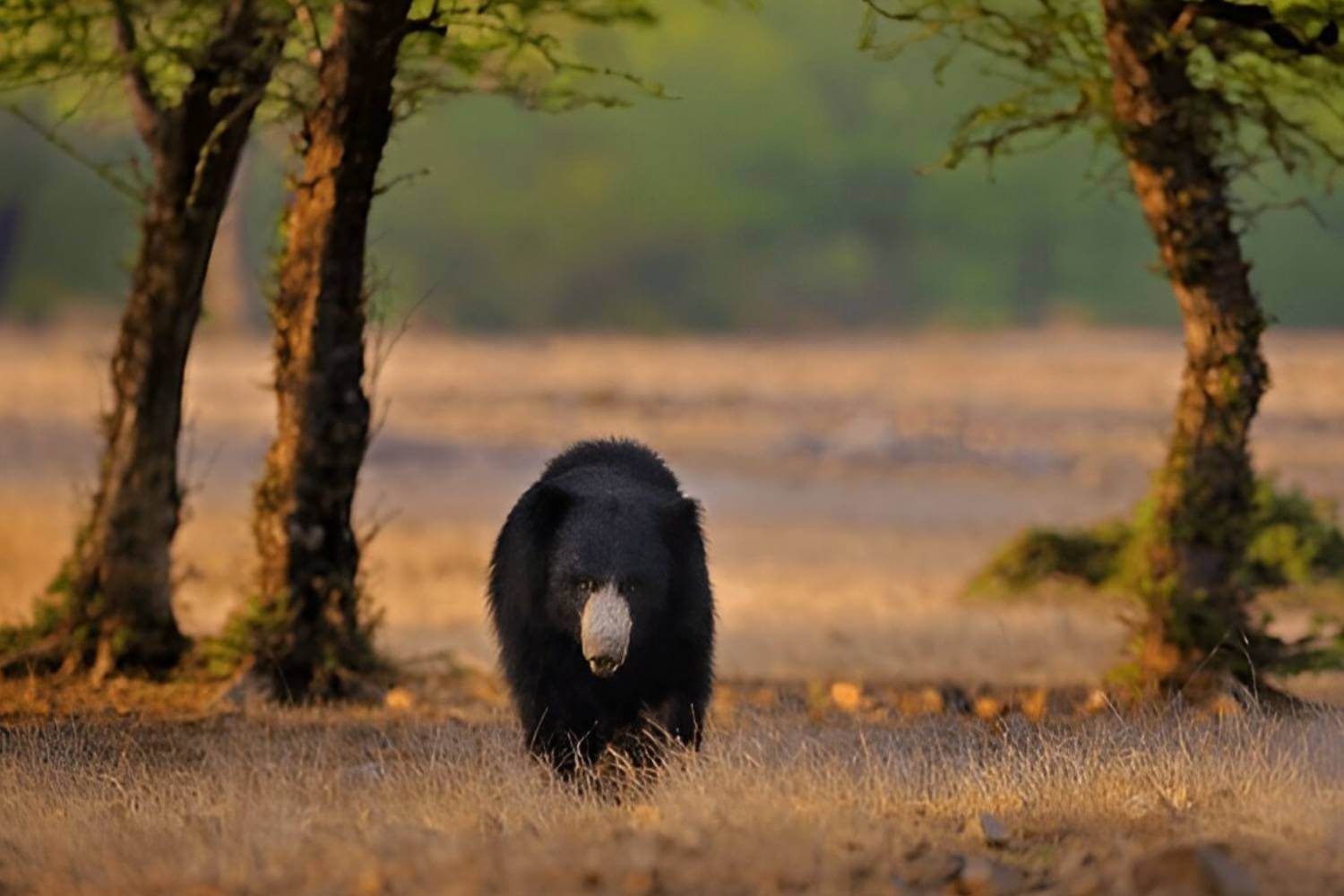
18 Jul, 2025
Ranthambore’s Wild Comeback: Sloth Bears Make a Bold Return
Ranthambore Tiger Reserve, world-famous for its regal Bengal tigers, is now witnessing an exciting wildlife milestone; a remarkable rise in its sloth bear population, which has grown to nearly 160. A decade ago, only 60–70 were recorded, but improved habitat conditions, expanding grasslands, and a stronger prey base have created the ideal environment for their comeback. These elusive creatures are now frequently spotted alongside tigers, adding excitement to wildlife safaris. The surge not only highlights successful biodiversity restoration but also positions Ranthambore as a thriving model for megafauna conservation in India.
Quick Facts Snapshot
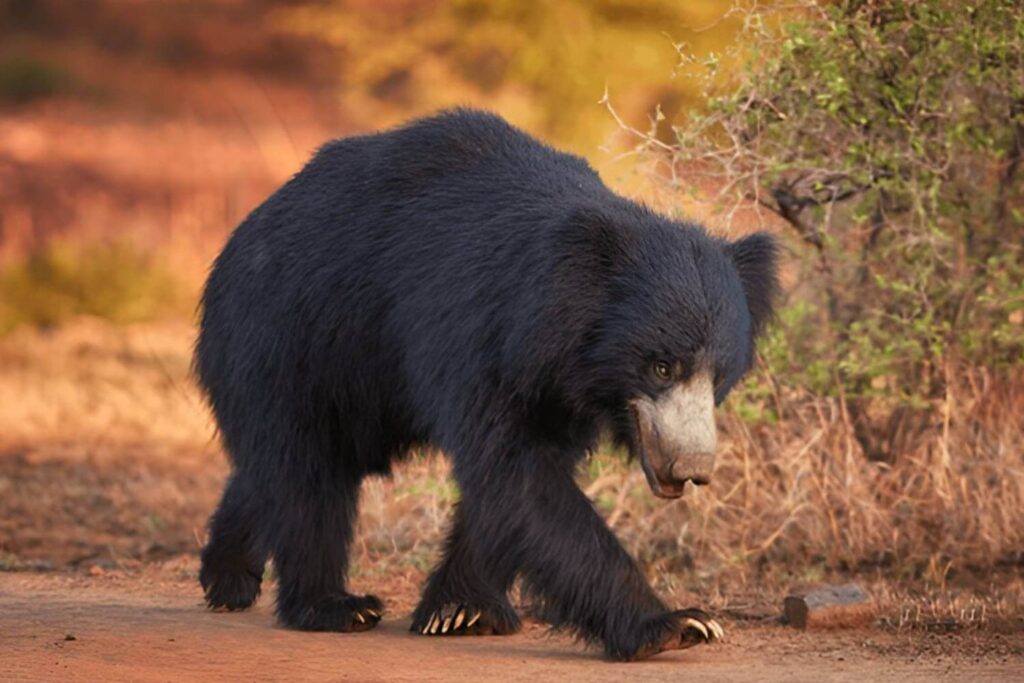
- Estimated Population: Around 160 sloth bears in Ranthambore today, as per recent wildlife department data and media reports.
- Past Numbers: Approximately 60–70 bears recorded during 2014–15 census.
- Drivers of Growth: Improved habitat, especially expanding grasslands has bolstered food sources and shelter.
- Ecological Role: Sloth bears feed on termites, enriching soil and aiding vegetation, a vital link in forest regeneration.
- Bear-Tiger Dynamics: Bears’ sharp claws and aggressive posture often deter tigers; multiple viral videos document bears standing ground and even chasing tigers.
Deep Dive in the Wild Comeback
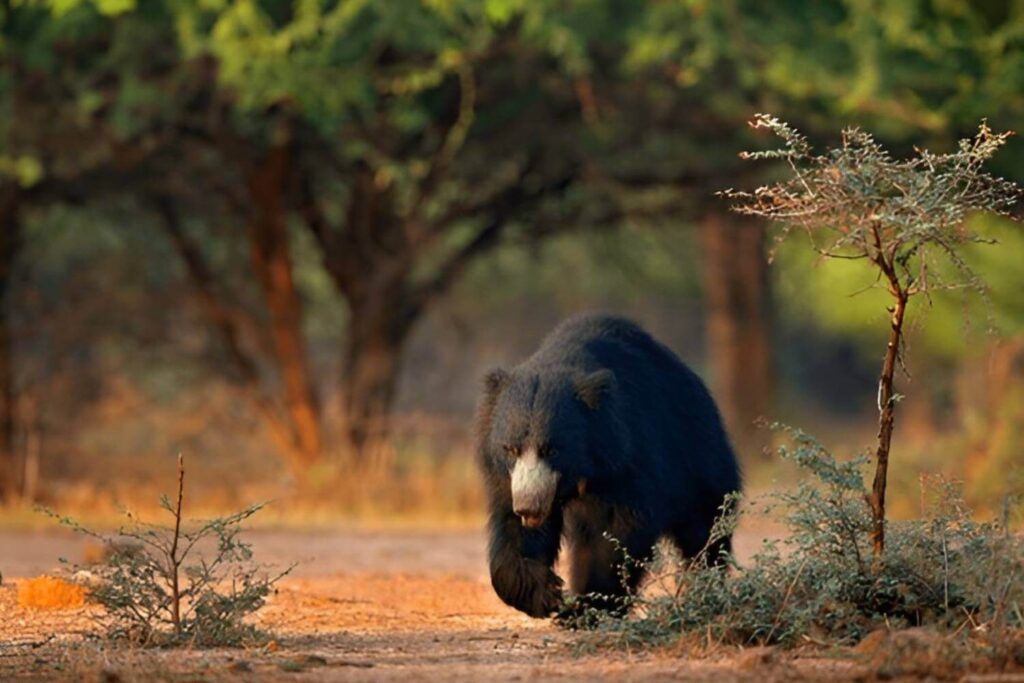 Population Boom & Habitats
Population Boom & Habitats
From a dwindling 60–70 in 2014–15, the sloth bear population has nearly tripled, now estimated at 160. Forest Department credits habitat recovery, especially grassland expansion, for this surge.
Ecological Benefits of BearsAs natural termite predators, sloth bears play a critical ecological role: by feeding underground, they enhance soil fertility and promote forest regeneration. The rise in bear populations is seen as a sign of improved ecosystem health and trophic balance.
Humans & Wildlife: A Balanced ActRanthambore now hosts multiple large mammals, tigers (66‑88), leopards, deer, and now 160 bears. The increase in prey base supports coexistence, but also demands careful management of spatial and human-wildlife interactions.
Bear–Tiger Showdowns Go ViralSloth bears have shown remarkable boldness, instances of bears confronting or chasing tigers have gone viral, reinforcing their defensive strength. These dramatic encounters captivated wildlife enthusiasts and boosted public interest.
Tourist Appeal & Conservation WinThe growing bear population adds another layer of interest to safaris. Tourists now enjoy sightings of both tigers and bears, enhancing Ranthambore’s reputation as a flagship reserve for megafauna biodiversity.
Insights & Implications
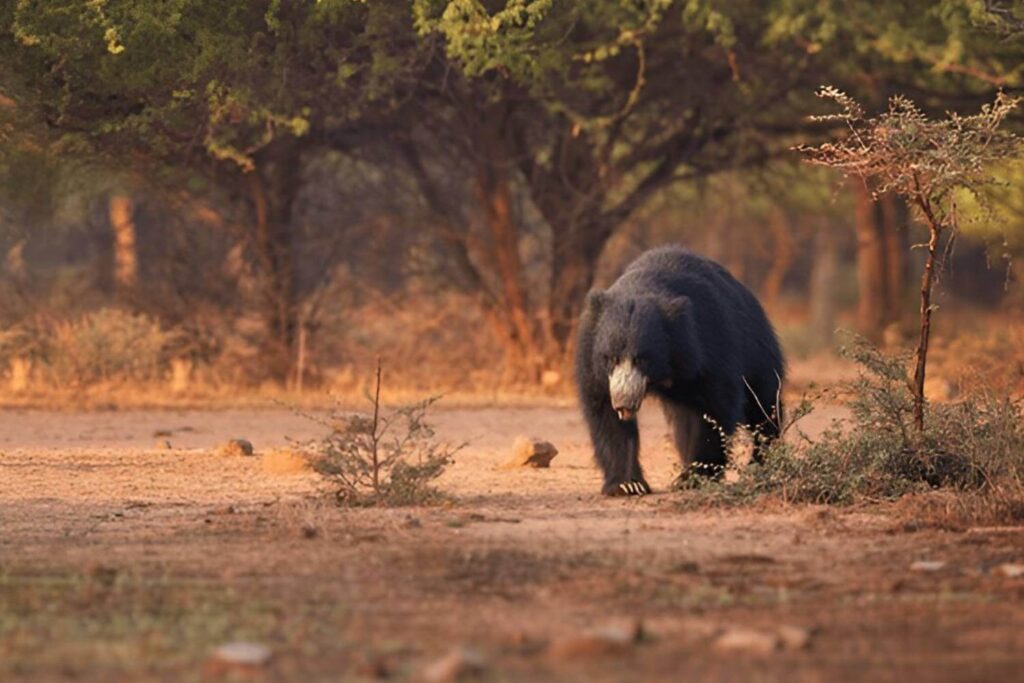
- Habitat Restoration Works: Grassland regeneration supports both tigers and bears, a testament to successful ecosystem recovery.
- More Bears ≠ More Conflict: Though bears are powerful, no major human–bear incidents have been reported, indicating balanced coexistence.
- Ecosystems in Equilibrium: The increase in bear numbers aligns with a robust prey-predator dynamic, an encouraging sign of ecological resilience.
The Larger Picture: Towards Richer Forest Biodiversity
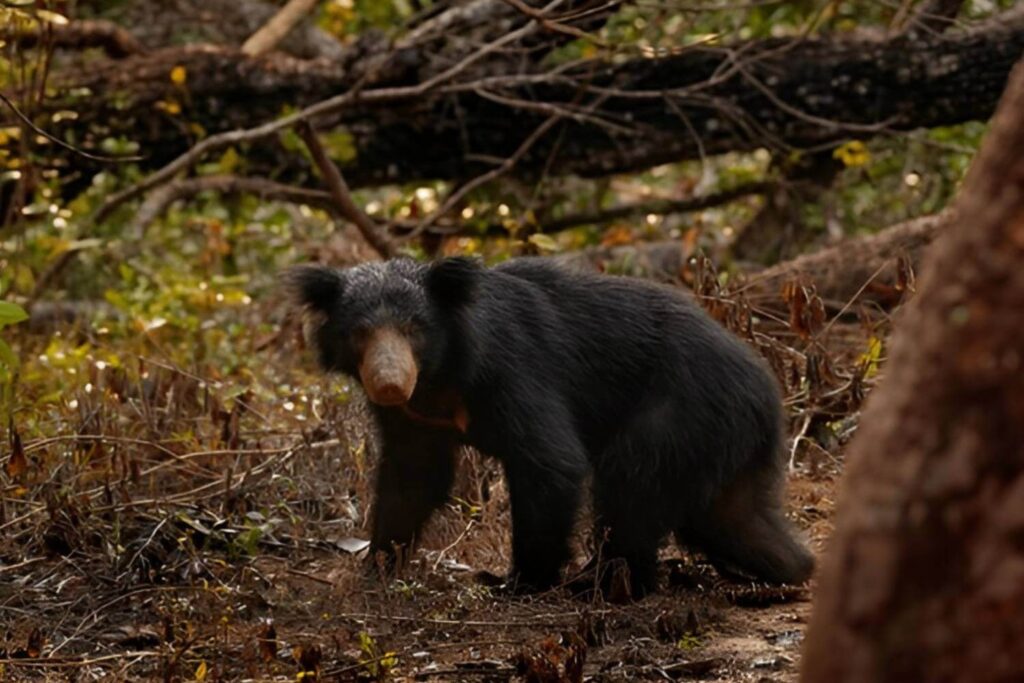
The rise to 160 sloth bears in Ranthambore isn’t just an isolated statistic, it signals a deeper story of habitat revival, ecological balance, and enriched human-wildlife experiences. As conservation practices mature and landscapes flourish, Ranthambore charts a hopeful path for holistic wildlife restoration.
Other Interesting Blogs to Read
- Best Jungle Safaris in India
- Why We Celebrate International Tiger Day?
- Best Places to Visit in Rajasthan
- Best Wildlife Resorts to Stay in Ranthambore
- Information Trinetra Ganesh Temple Ranthambore
- Ranthambore National Parks Latest News Updates
- Best Luxury Resorts in Ranthambore National Park
- Peacock Flying in Ranthambore National Park
- Take a Jungle Safari at These 10 Best Wildlife Destinations in Summer Season & Get the Best of Wildlife Adventure
- The Inspiring Story of How Aditya & Poonam Singh Made a Lush Forest Out of a Barren Land in Ranthambore
- Why Should We be Teaching Wildlife Conservation in Schools?
- Do’s and Don’ts of Staying Safe Around Wildlife
- Human – Wildlife Conflict in Concrete Jungle
- 20 Facts You Probably Didn’t Knew About Tigers
- Wildlife Conservation Initiatives by Indian Government
- Experience Golden Triangle India with Ranthambore Tiger Safari
- 10 Reasons to Visit Ranthambore Tiger Reserve in Rajasthan
- In Pictures: Showcasing India’s Endangered Species
- My Experience at Ranthambore National Park- Sundeep Kheria
- Top 5 Star Hotels in Ranthambore Tiger Reserve
- Photography Tour in Ranthambore National Park
- Rajiv Gandhi Regional Museum of Natural History



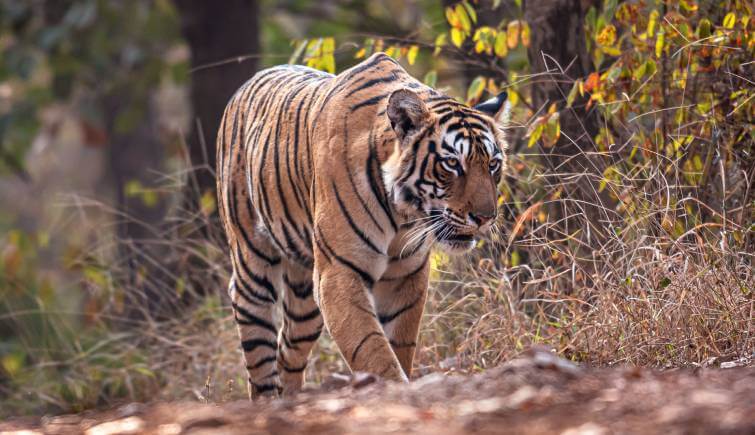








 Share
Share Home
Home Packages
Packages Book Now
Book Now